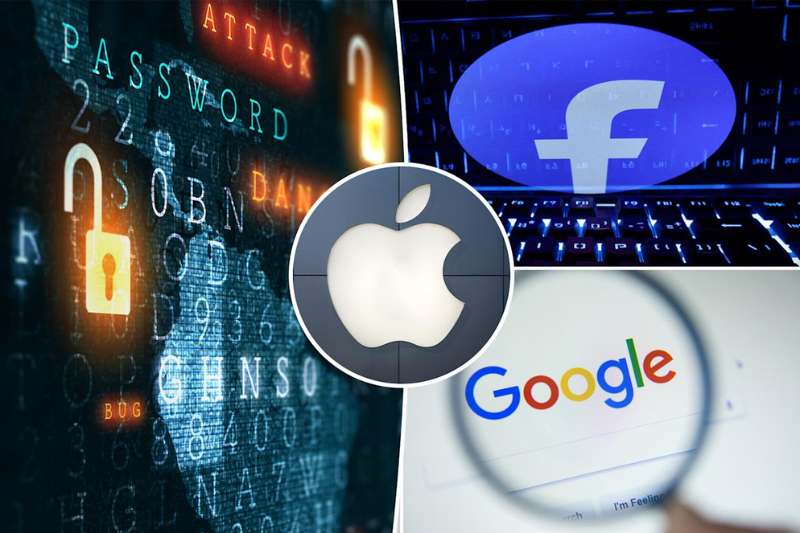
In one of the most alarming cybersecurity events to date, a 16 billion passwords data breach has rocked the digital world in 2025. This incident is being called the largest compilation of exposed login credentials ever discovered.
If you’re wondering whether your accounts are safe, now’s the time to find out.
The data breach 2025 incident came to light when cybersecurity researchers uncovered over 30 massive data sets. These included a total of more than 16 billion usernames and passwords, many of which were gathered through malware known as infostealers.
The breach doesn't come from one single company. Instead, it’s a gigantic collection of leaked credentials from platforms like Google, Apple, Telegram, Facebook, and even government portals.
This 16 billion passwords leaked event has triggered global concern due to the inclusion of real-time access data like session tokens, cookies, and authentication keys.
While older breaches are often filled with outdated information, this one is different. The 2025 leak includes recently stolen login credentials, active session tokens that can bypass two-factor authentication, and compiled data from malware-infected devices worldwide.
If you use the same password for multiple accounts or haven’t updated your login credentials in years, you are especially vulnerable.
To know if your information was compromised in the 16 billion passwords data breach, the first step is to visit HaveIBeenPwned.com.
This free and widely trusted site lets you enter your email address to check for known leaks, see which breaches included your info, and learn what types of data were exposed (e.g., passwords, phone numbers).
If your email or phone number shows up, it’s a red flag that you need to act immediately.
If you’ve been affected by this data breach 2025, don’t delay in taking action. Here are the first steps to regain control of your digital security.
Start with critical accounts like banking and financial services, email accounts, cloud storage, and social media. Make sure each password is strong and unique. Avoid reusing old ones.
A password manager is the best defense against future leaks. Tools like Bitwarden, LastPass, or 1Password can create strong, randomized passwords, store them securely, autofill credentials on trusted sites, and alert you if your passwords appear in future leaks.
In a post-breach world, password manager tools are no longer optional—they’re essential.
Most popular platforms offer 2FA. Turn it on for your accounts to add an extra security layer. Prefer app-based authentication like Google Authenticator over SMS.
Hackers often use stolen credentials in credential stuffing attacks. They take your email and password and try logging in to hundreds of sites like Netflix, Amazon, PayPal, and social media platforms.
If you’ve reused your credentials, one leak could expose everything. That’s why updating your passwords after the 16 billion passwords leaked news is critical.
Big tech companies like Apple and Google now support passkeys—a newer, more secure login method. Passkeys rely on biometrics like your fingerprint or facial recognition, eliminating the need for traditional passwords.
After the data breach 2025, making the shift to passwordless authentication offers stronger protection and convenience.
This leak is a harsh reminder that no one is fully immune from cyber threats. Even if you're not tech-savvy, your digital data holds value—and hackers want it.
Whether you’re using social media, online banking, or email, your accounts may have been exposed in this 16 billion passwords data breach.
It’s not just about protecting yourself. It’s about being proactive, staying informed, and adapting to evolving threats.
The 16 billion passwords leaked in 2025 is more than just a number. It's a warning to internet users worldwide: update your passwords, use a password manager, and monitor your data regularly using tools like HaveIBeenPwned.com.
Cybercrime is growing. But with smart habits and modern tools, you can stay protected.